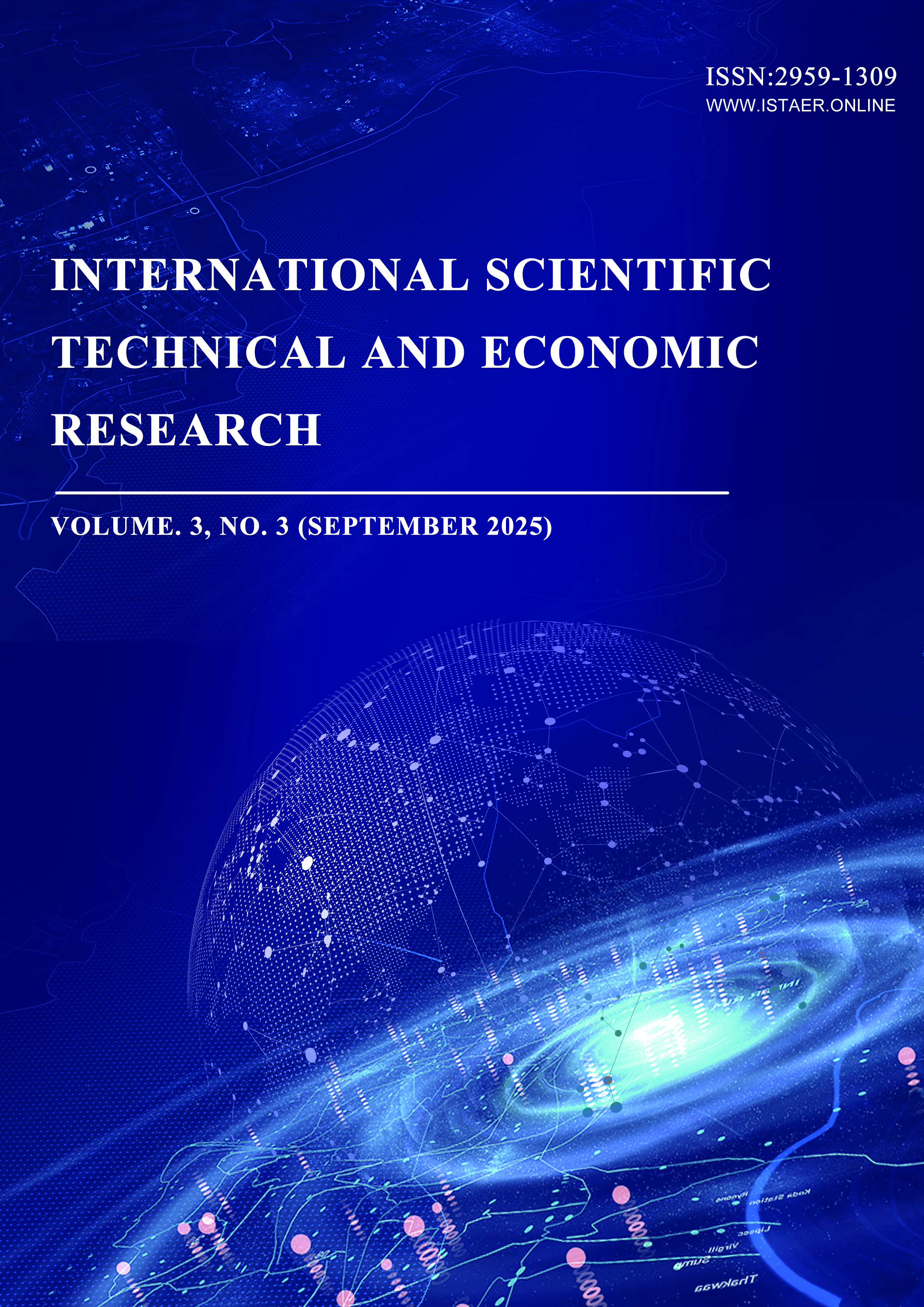Application of modular design strategy in the life cycle of household appliances under the goal of carbon neutrality
DOI:
https://doi.org/10.71451/ISTAER2544Keywords:
Modular design; Carbon neutrality; Home appliances; Life cycle assessment; Circular economy; Carbon emission reductionAbstract
Modular design, a key strategy for achieving carbon neutrality in home appliances, provides a systematic solution for the industry's green transformation by restructuring carbon footprint management across all stages of the product lifecycle. This study systematically analyzes the application mechanisms of modular design in the design, production, use, and recycling stages of home appliances, revealing its carbon reduction benefits through three pathways: extending product lifespan, improving resource utilization efficiency, and promoting a circular economy. The study shows that home appliances employing modular design can reduce carbon emissions over their entire lifecycle by over 30%, with reductions of 15% in production, 10% in use, and 5% in recycling. The study further explores challenges facing modular design, including technical standards, market acceptance, and policy support, and proposes strategies such as establishing an open modular platform, innovating service models, and strengthening the standard system. Finally, the study explores the potential of modular design, enabled by digital technology, intelligent carbon management, business model innovation, and the construction of cross-industry circular systems, providing theoretical basis and practical guidance for the home appliance industry's path to carbon neutrality.
References
[1] Liang, R., Zheng, X., Wang, P. H., Liang, J., & Hu, L. (2023). Research progress of carbon-neutral design for buildings. Energies, 16(16), 5929. DOI: https://doi.org/10.3390/en16165929
[2] Hu, Y., Xiang, L., & Shang, K. (2025). The Research Review on Life Cycle Carbon Emissions in the Operational Process of Modular Buildings. Buildings, 15(12), 2085. DOI: https://doi.org/10.3390/buildings15122085
[3] Kechidi, S., & Banks, N. (2023). Minimising upfront carbon emissions of steel-framed modular housing: A case study. Journal of Building Engineering, 72, 106707. DOI: https://doi.org/10.1016/j.jobe.2023.106707
[4] Maierhofer, D., Röck, M., Saade, M. R. M., Hoxha, E., & Passer, A. (2022). Critical life cycle assessment of the innovative passive nZEB building concept ‘be 2226’in view of net-zero carbon targets. Building and Environment, 223, 109476. DOI: https://doi.org/10.1016/j.buildenv.2022.109476
[5] Li, B., Guo, W., Liu, X., Zhang, Y., & Caneparo, L. (2022). The third solar decathlon China buildings for achieving carbon neutrality. Buildings, 12(8), 1094. DOI: https://doi.org/10.3390/buildings12081094
[6] Alejandre, C., Akizu-Gardoki, O., & Lizundia, E. (2022). Optimum operational lifespan of household appliances considering manufacturing and use stage improvements via life cycle assessment. Sustainable Production and Consumption, 32, 52-65. DOI: https://doi.org/10.1016/j.spc.2022.04.007
[7] Mouton, L., Trigaux, D., Allacker, K., & Röck, M. (2023). Low-tech passive solar design concepts and bio-based material solutions for reducing life cycle GHG emissions of buildings–Life cycle assessment of regenerative design strategies (2/2). Energy and Buildings, 282, 112678. DOI: https://doi.org/10.1016/j.enbuild.2022.112678
[8] Lin, J., Zhang, X., Fan, E., Chen, R., Wu, F., & Li, L. (2023). Carbon neutrality strategies for sustainable batteries: from structure, recycling, and properties to applications. Energy & Environmental Science, 16(3), 745-791. DOI: https://doi.org/10.1039/D2EE03257K
[9] Polverini, D., Espinosa, N., Eynard, U., Leccisi, E., Ardente, F., & Mathieux, F. (2023). Assessing the carbon footprint of photovoltaic modules through the EU Ecodesign Directive. Solar Energy, 257, 1-9. DOI: https://doi.org/10.1016/j.solener.2023.04.001
[10] Kiss, B., & Szalay, Z. (2023). Sensitivity of buildings’ carbon footprint to electricity decarbonization: a life cycle–based multi-objective optimization approach. The International Journal of Life Cycle Assessment, 28(7), 933-952. DOI: https://doi.org/10.1007/s11367-022-02043-y
Downloads
Published
Issue
Section
License
Copyright (c) 2025 International Scientific Technical and Economic Research

This work is licensed under a Creative Commons Attribution-NonCommercial-NoDerivatives 4.0 International License.
This work is licensed under the Creative Commons Attribution International License (CC BY 4.0).




